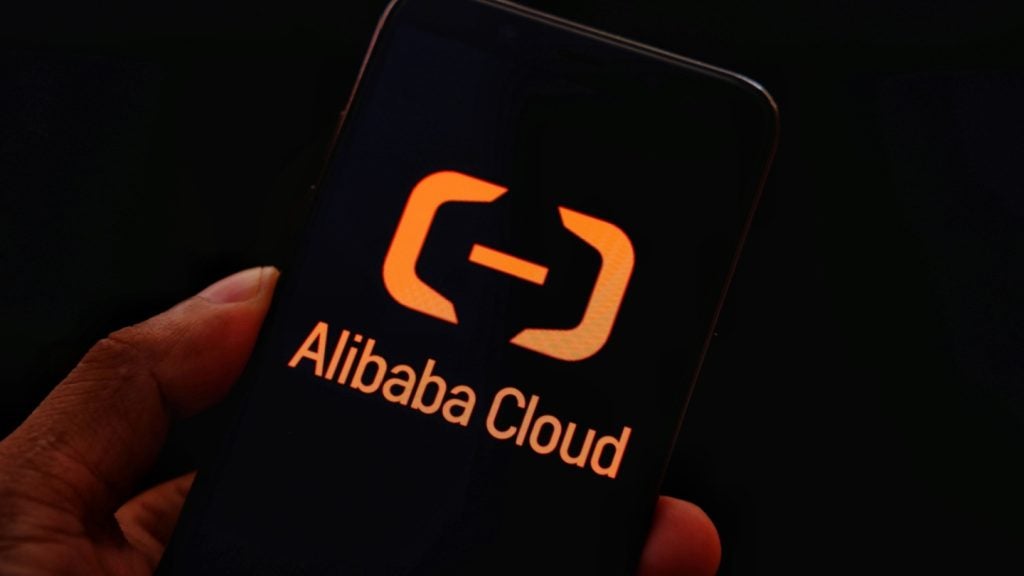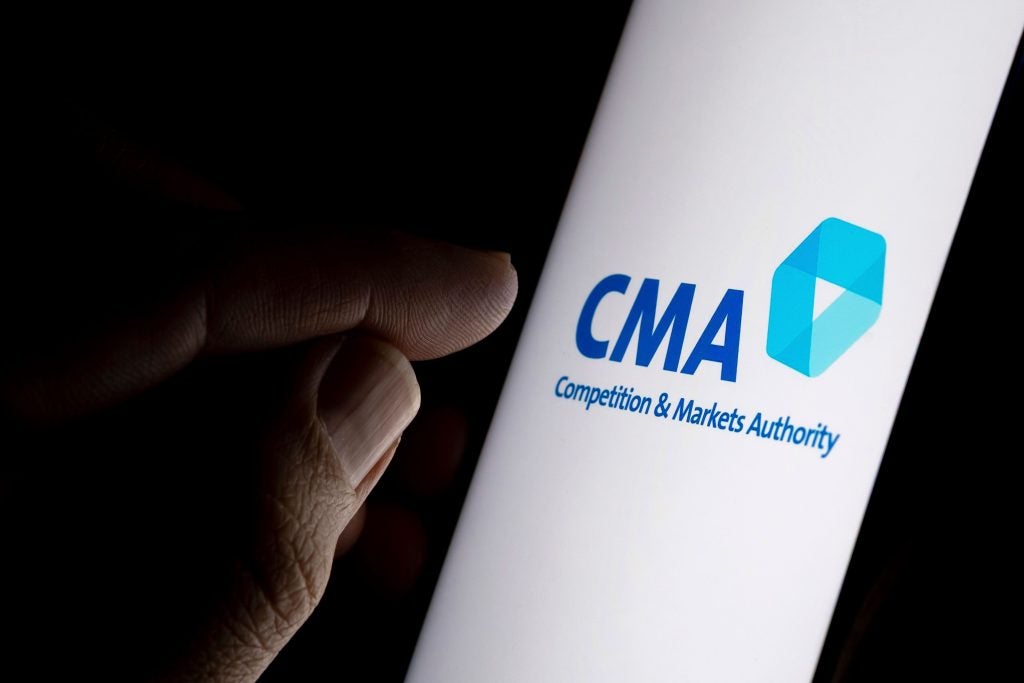Tinder has taken the world by storm, changing the dating game as we know it. The platform successfully tapped into a key market: those who were initially uninterested in online dating. Millennials (and increasingly Gen Z) have become accustomed to this form of dating. Influenced by behavioural biology, key tactics are built into the algorithm to drive engagement—and engagement is key to the success of the company as it ensures that users are spending money on its premium features.
But this raises the question: is it more favorable for Tinder if users are unlucky in love and remain on the app?
Addictive swiping
Tinder’s addictive nature can be likened to the same reward system shown during animal experiments or slot machines. In an experiment with pigeons, food is randomly provided when the birds pecked at a light, acting as a reward. Pigeons developed superstitious behaviors to maximize their rewards, even though food provision was randomly dispersed.
Tinder’s users are presented with the same concept. Matching with someone provides a reward and positive reinforcement to continue swiping. As users do not know which swipe will provide this reward, it becomes easy to addictively swipe until you do.
Capitalizing on loneliness
In an attempt to profit from its addictive nature, Tinder has limited the possible number of swipes per day to 100, asking users to pay a premium price to continue swiping. Premium users can even adjust their location settings to different areas, providing access to an endless supply of swiping and possible ‘rewards’. And the chances of getting a match differ depending on the user.
According to a study at Queen Mary University of London, women’s match rate on the app was 10.5% on average, whereas men received a match at a rate of 0.6%. So, out of the 100 free swipes a day offered by Tinder, men on average would receive less than one match and are more likely to pay for the premium features.
How well do you really know your competitors?
Access the most comprehensive Company Profiles on the market, powered by GlobalData. Save hours of research. Gain competitive edge.

Thank you!
Your download email will arrive shortly
Not ready to buy yet? Download a free sample
We are confident about the unique quality of our Company Profiles. However, we want you to make the most beneficial decision for your business, so we offer a free sample that you can download by submitting the below form
By GlobalDataOn top of that, the more you swipe, the more likely your profile is to be seen. Tinder has not fully revealed how their algorithm adjusts what profiles are seen by users but did suggest that they prioritize active users. The more you spend, the more time you can use swiping, and the more matches you will get.
Unfair pricing of algorithms
Tinder is capitalizing on both the addictive nature of swiping and a lack of consistent matching to drive engagement. According to research conducted by Mozilla, Tinder is employing a personalized pricing algorithm. Two individuals, both in the same city could pay different prices for the same premium features on the app.
Within a single country, 31 unique price points have been quoted for the same subscription service. Also, research by consumer advocacy group Choice found that men over 50 were charged $34.37 per month, compared to between $6.99 and $16.71 for any user under 30. Tinder has remained quiet about how personal data impacts the algorithm and even faced a lawsuit in the US in 2019 for discriminating against users based on their age. Despite this backlash, it has continued to use these algorithms elsewhere.
Calls for greater transparency
The lack of transparency regarding what information is used to inform Tinder’s pricing algorithm is misleading for users. Personalized pricing can sometimes be appropriate, but it should be clear what data is used to inform these strategies.
Big Tech is facing increasing scrutiny by regulators about how opaque algorithms function. Tinder must be transparent otherwise users are left in the dark and their rights are not protected. Ultimately, consumers have the right to make informed decisions when signing up for a service to determine if the price quoted is fair. Tinder will need to prove that they are not offering discriminatory pricing and algorithmic transparency is the answer.






